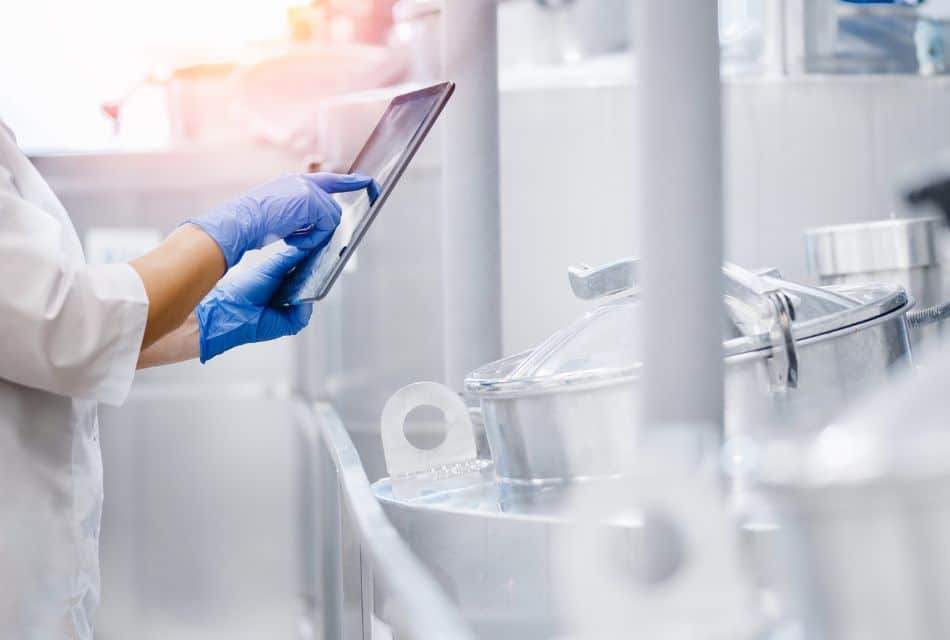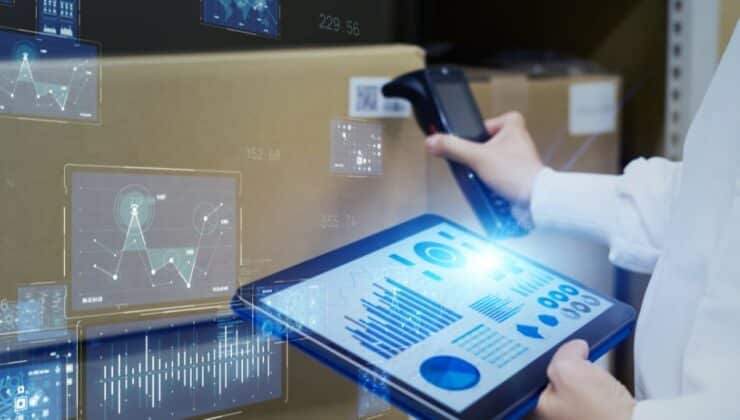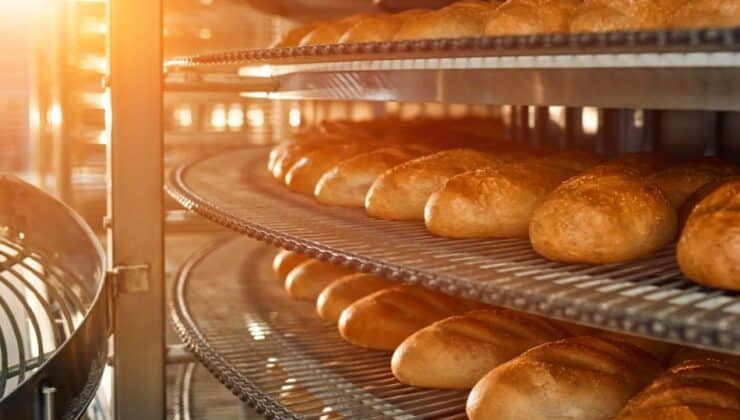The entry of technology into the food industry has, since its inception, been formidable.
This has been true since the dawn of the 19th century.
It is undoubtedly a relationship as long-lived as it is fruitful.
This very brief historical allusion marks the beginning of a relationship that began with the first industrial processing methods applied to foodstuffs. Clearly, and from the very beginning, a fact and an action that provided and provides food with greater durability, greater food safety and greater variety in supply, which always stimulates demand.
The response of the food industry to the introduction of technology and innovation has always been, for the most part, positive, very positive.
Technology and the food industry have been working together for more than two hundred years, opening up new avenues of research and development, under the umbrella of innovation, which is currently an incomparable driving force given the speed at which new technologies and their corresponding new applications are being introduced into the food industry.
The well-known automation of processes and the innovative Artificial Intelligence, AI, have come together in this 21st century that advances unstoppably in technological development, putting themselves at the service of the food industry and consumers, their health, their safety, facilitating accessibility, satisfying demand and, of course, protecting the environment and the planet’s resources in the face of the challenge of a growing global population and climate change.
What could be the pillars of technology in the food industry?
The one we may be most familiar with is the application of AI, of course, which accompanied by the Internet of Things (IoT), and Big Data, are determining new ways of selecting raw materials to produce food, of developing intelligent production processes with highly sophisticated traceability controls or also, of transportation with real-time control and monitoring systems.
In this scenario, some companies such as Molendum Ingredients, a subsidiary of the Dacsa Group, have already developed and implemented a new intelligent production system applied to the milling industry, which allows improving existing processes through the implementation of Industry 4.0 technologies. A Molendum project that aims to promote research, technological development and innovation.
Another of the most outstanding milestones in the application of technology in the food industry is the production of laboratory meat as a possible response to a type of diet that dispenses with the consumption of animal protein obtained by traditional methods. This variant of animal protein can already be consumed in countries such as Singapore – the leader in 2020 – or Singapore – the world leader in 2020 – and the United States.
-and the United States, which has just approved two licenses for restaurants to serve this type of meat to their customers.
Also noteworthy is the application of technology to trends still in development, such as 3D food printing for personalized diets.
Finally, another of the pillars is undoubtedly related to the latest generation of ingredients which, through microencapsulation technologies, make it possible to offer consumers functional foods with healthier properties and manufactured more safely.
It is clear that technology and the food industry form a long-lived and efficient tandem that, at the end of the first quarter of the 21st century, continues to consolidate.





